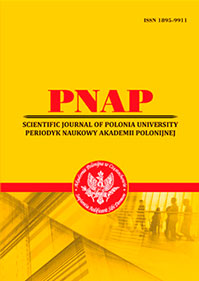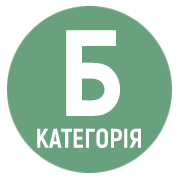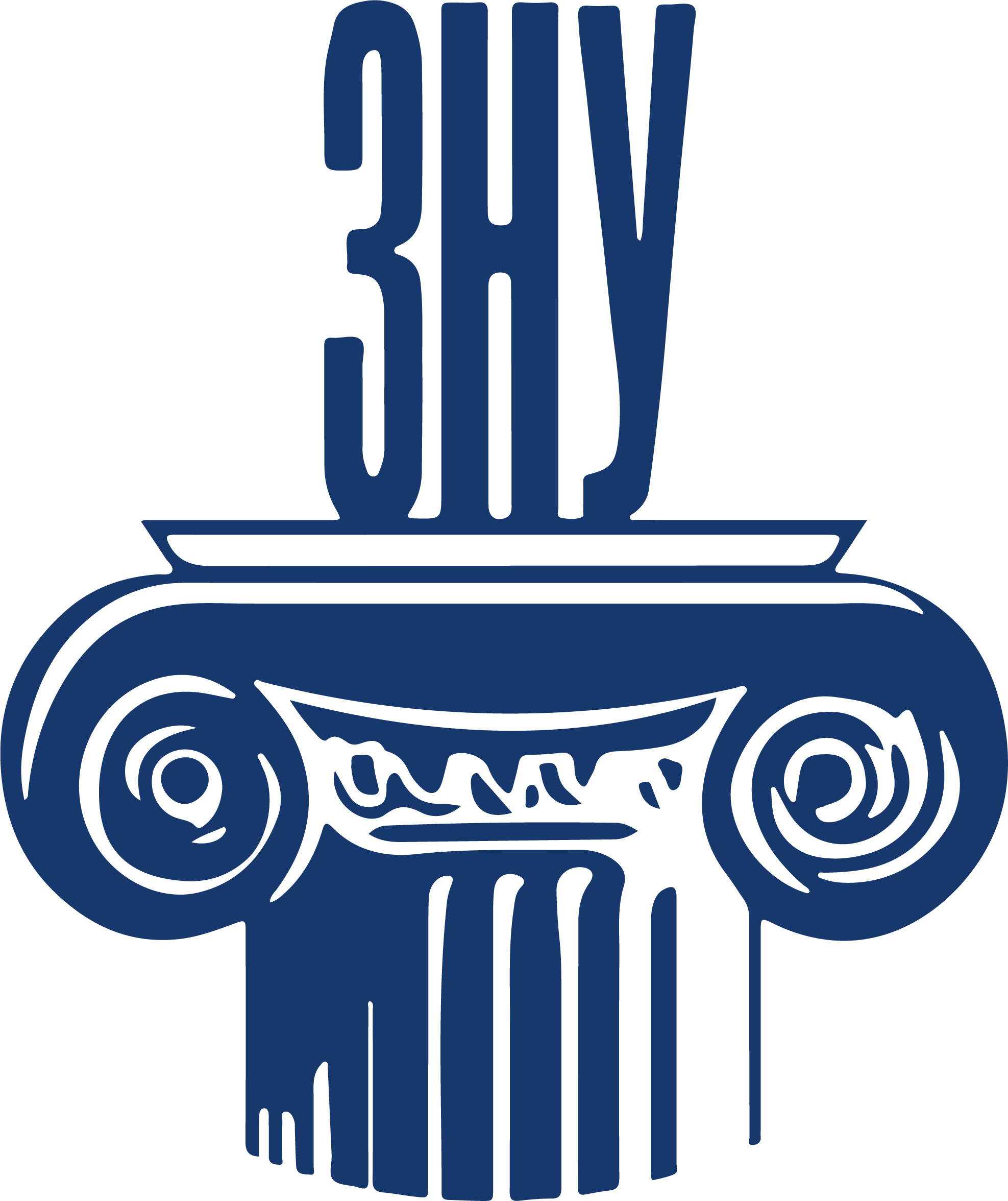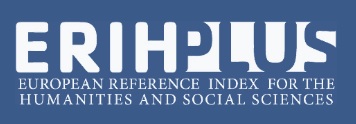POPULAR LITERARY WORKS IN THE INTERTEXT OF UKRAINIAN LITERATURE OF THE 1920S
Abstract
There is a typical division of "donor" texts into "nuclear", "precedent", and "weak" in the intertextual studies. This article proposes another approach: the explication of the intertextual space with taking into account the principle of hierarchy (prototexts belonging to "high", "popular" or "mass" literature). In the intertext of Ukrainian writing of the 1920s, "high" ("elite") literature is presented by various intertextems from the works of George Gordon Byron, Charles Baudelaire, Giovanni Boccaccio, Paul Verlaine, Knut Hamsun, Heinrich Heine, Johann Wolfgang Goethe, Dante Alighieri, Charles Dickens, Adam Mickiewicz, Guy de Maupassant, Francesco Petrarca, Miguel de Cervantes, and others. While few proto-texts of mass culture ("lubok literature", "urban folklore") accompany reflections on the problem of a mass reader education. The purpose of the article is to analyse the specifics of popular literature (belles-lettres) representation in the context of Ukrainian writing of the 1920s. The object of the study is the works of writers who worked in the territories of "under-Soviet" Ukraine. Numerous intertextems that redirect us to the so-called "formula fiction" (detective, adventure, historical, fantasy novels) were found in the intertextual space of Ukrainian literature of the 1920s. Classic examples of the detective story (Sherlock Holmes by Conan Doyle, novels about Nat Pinkerton) become prototexts not only in detective stories and adventure literature, but also in the works about revolutionaries, psychological and satirical prose. Facultative associative series are formed around the "invariant core" – the image of a detective able to investigate the most difficult cases. Allusive anthroponyms Sherlock Holmes, Nat Pinkerton become markers of detective-adventure literature with a clear plot and acute conflict, and sometimes they are identified with pseudo-heroics, primitive aesthetic taste. Adventure literature in the context of Ukrainian literature of the 1920s is presented by Edgar Burroughs, Louis Boussenard, Daniel Defoe, Joseph Conrad, James Fenimore Cooper, Thomas Mayne Reid, and Robert Louis Stevenson. Intertexts from "Robinson Crusoe" are mostly related to the exoticism of a desert island, adventures, the existential feeling of loneliness of a man in the world, the contrast of dream to daily routine. The novels of Mayne Reid and F. Cooper are traditionally associated with heart-breaking adventures, literature for the masses. Conrad and Stevenson are presented in O. Vlyzko's "Ballad of the Myopic Eldorado" as sea glorifiers. In the works of V. Domontovych and V. Vrazlyvyi, the stereotype of adventure literature as a field of children's reading is relayed. Historical fiction in the context of the literature of the 1920s is associated with the names of Alexandre Dumas and Walter Scott. Their works are perceived as patterns of literature for undemanding readers where heroic, pathetic style, romanticized past are emphasized. Intertexts from the works of science fiction writers Herbert Wells and Jules Verne were found in the writings of Ukrainian authors. The images of Morlocks, the Invisible man, and dystopian motifs are borrowed from the novels "Time Machine" and "Invisible Man". Jules Verne is mentioned as popular literature for children and teenager’s founder. Despite the prescriptions of "proletarian criticism" perceiving popular literature as a harmful simulacrum that distracts readers from the struggle for a bright future, fiction occupies an important place in the intertext of Ukrainian literature of the 1920s.
References
2. Сторі Дж. Теорія культури та масова культура. Вступний курс / пер. з англ. С. Савченка. Харків : Акта, 2005. 357 с.
3. Гундорова Т. Висока культура і популярна культура: слов’янський контекст. Слово і Час. 2008. № 9. С. 52–63.
4. Mantajewska V. Pop-/post-"literatura środka". "Literatura środka" kontekst słowiański / red B. Stempczyńska, L. Mięsowska. Katowice : Wydawnictwo Uniwersytetu Śląskiego, 2011. S. 11–32.
5. McDonald Dwight. Masscult and Midcult. The New York Intellectuals Reader / ed. by N. Jumonville. New York: Routledge, 2007. P. 205–222.
6. Martuszewska A. "Trzydzieści lat minęło, jak jeden dzień..." (o badaniach literatury popularnej w ostatnim trzydziestoleciu. Jednak Książki: Gdańskie Czasopismo Humanistyczne. 2017. № 8. S. 11–26.
7. Політика партії в справі української художньої літератури. Червоний шлях. 1927. № 6. С. 235–237.
8. Степняк М. Рец.: [А. Конан-Дойль. Вибрані твори. Т.1. Пригоди Шерлока Холмса. Пес Баскервілів]. Червоний шлях. 1928. № 11. С. 280–282.
9. Йогансен М. Вибрані твори / упоряд. і вст. ст. Р. Мельниківа. Київ : Смолоскип, 2009. 768 с.
10. Гордієнко К. Запільні нариси. Гарт. 1927. № 8. С. 39–45.
11. Дніпровський І. Шахта «Марія». Харків : Пролетар, 1931. 98 с.
12. Куліш М. Твори : у 2 т. Київ : Дніпро, 1990. Т. 2 / упоряд. Л. Танюка. 877 с.
13 Хвильовий М. Твори: у 2 т. Київ : Дніпро, 1990. Т. 1 / упор. М. Жулинського, П. Майдаченка. 650 с.
14. Панч П. Без козиря. Червоний шлях. 1927. № 1. С. 62–105.
15. Рильський М. Зібрання творів: у 20 т. Київ : Наук. думка, 1983. Т. 1 / упор. В. Лети, А. Тростянецького. 534 с.
16. Підмогильний В. Оповідання. Повість. Романи / упоряд. В. Мельника. Київ : Наукова думка, 1991. 800 с. 17. Кириленко І. Кучеряві дні. Гарт. 1928. № 8–9. С. 30–72.
18. Сенченко І. Оповідання. Повісті. Спогади / упор. і прим. М. Гнатюк, вступ. ст. і ред. В. Брюховецького. Київ : Наук. думка, 1990. 664 с.
19. Сенченко І. Подорож до Червонограда. ВАПЛІТЕ. 1927. № 5. С. 78–117.
20. Влизько О. Поезія. Проза. Черкаси : Вид. Чабаненко Ю.А., 2008. 352 с.
21. Досвітній О. Твори: у 2 т. Київ: Дніпро, 1991. Т. 2 / упор. В. Косенко. 587 с.
22. Домонтович В. Проза: у 3 т. Нью-Йорк: Сучасність, 1988. Т. 1 / за ред. Ю. Шевельова. 517 с.
23. Поліщук В. Козуб ягід: Оповідання, афоризми, бризки мислі й творчости, стежки думок і алегорії людини, яку життя приперчило. Харків : Держ. вид. України, 1927. 172 с.
24. Досвітній О. Твори : у 2 т. Київ : Дніпро, 1991. Т. 1 / упор. В. Косенко. 527 с.
25. Ленська С. Інтертекстуальні зв’язки малої прози Миколи Хвильового з зарубіжною літературою (на прикладі «Вступної новели» й «Арабесок»). Вісник Полтавського національного педагогічного університету ім. В. Г. Короленка. Філологічні науки. 2012. № 11. С. 15–20.
26. Брасюк Г. В потоках. Червоний шлях. 1927. № 4. С. 32–61.
27. Плужник Є. Поезії / упор. Л. Череватенка. Київ : Рад. письменник, 1988. 415 с.
28. Я-ко С. Безробітний інтелігент. Червоний шлях. 1924. № 4–5. С. 70–81.
29. Пилипенко С. Афарбіт. Червоний шлях. 1923. № 4–5. С. 62–69.
30. Сосюра В. Вибрані твори : у 2 т. Київ : Наук. думка, 2000. Т. 1 / упоряд. С. Гальченко. 645 с.
31. Масенко Т. Смерть політкома. Гарт. 1928. № 2. С. 7–10.
 ISSN
ISSN 


.png)




